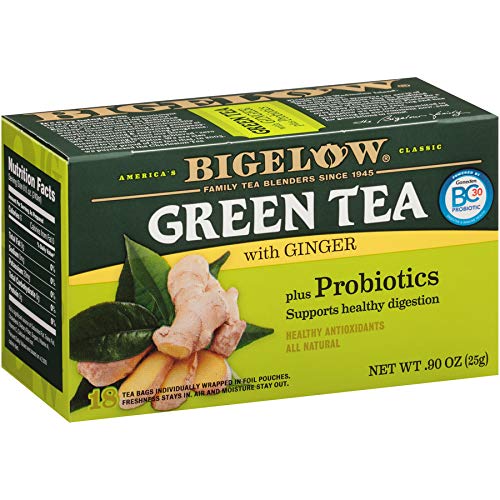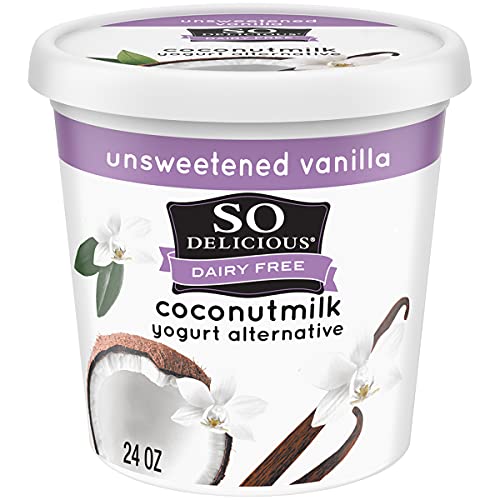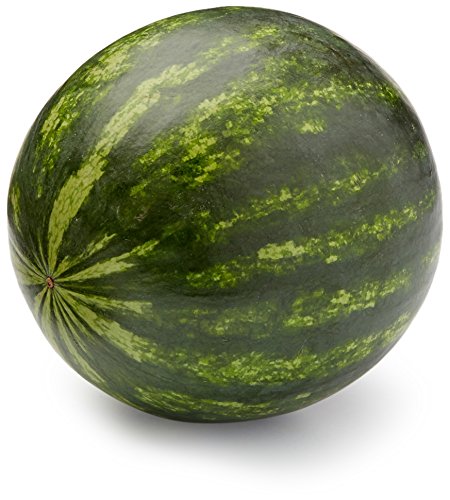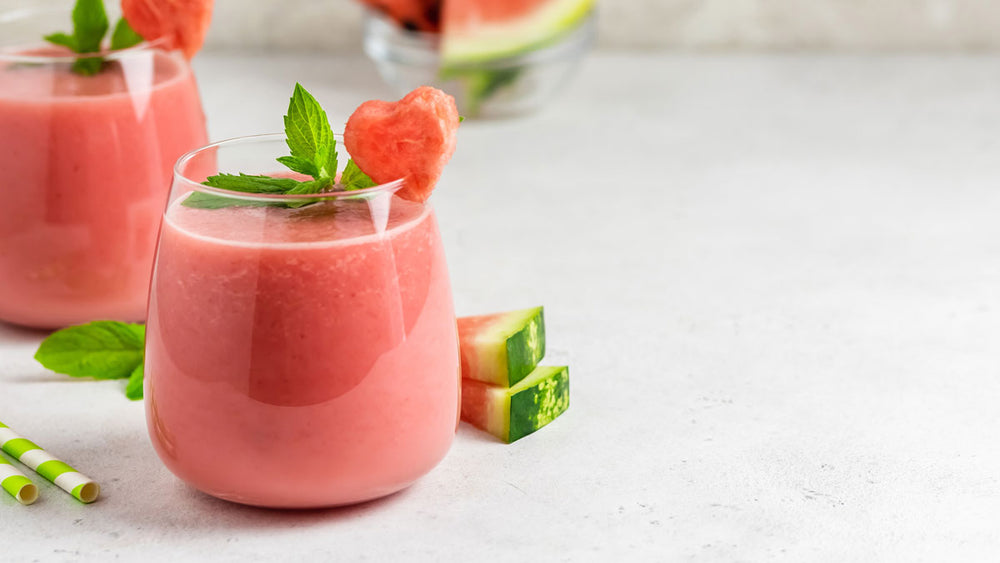Banishing Bad Breath: Understanding the Causes and Solutions
You know the drill: breathe into your cupped hand, sniff, recoil, and then either brush your teeth or pop in a piece of gum to try and cover it up. Bad breath happens to everyone at some point, but it’s usually transient. If your bad breath sticks around day after day, masking it won’t get to the root of the issue. What causes lingering bad breath, and can certain foods and drinks help? Check out these fresh facts on halitosis and your diet.
Getting to the Bottom of Bad Breath
Halitosis is most often caused by a bacterial coating on the tongue or teeth and sulfur compounds from bits of food that remain in the mouth and breed bacteria. Poor oral hygiene is the most common reason for halitosis—and that’s usually an easy fix: get regular professional teeth cleanings, address any oral issues with your dentist, brush your teeth after eating, and floss daily. (Bonus points for daily use of a dental rinse that strengthens and protects teeth while delivering fresh breath.)
There can be other reasons for offensive breath, of course, such as smoking, dry mouth, poor-fitting dentures, food impaction, throat infections, gingivitis, periodontal disease, oral cancer, and other conditions. Another type of halitosis, categorized as “extraoral,” isn’t due to mouth-related causes at all and comprises less than 10% of diagnosed halitosis cases. Extra-oral halitosis can be due to:
- gastrointestinal diseases
- hepatitis/liver failure
- respiratory infections
- endocrine disorders
- metabolic conditions
Does GERD Cause Bad Breath?
There isn’t much scientific evidence that Gastroesophageal Reflux Disease directly causes halitosis, but it certainly can contribute to it. For example, exposure to acidic gastric liquid can demineralize tooth enamel over time, and studies do show that GERD is linked to dental wear, or “dental erosion.” Damaged tooth enamel can lead to cavities, and those can contribute to halitosis.
A reduced salivary flow is another factor common in GERD that may contribute to bad breath (and dental erosion). People with GERD can be prone to dehydration, and since saliva helps clean and protect the teeth from bacteria, having a dry mouth can contribute to bad breath. (By the way, this is also why “morning breath” happens—saliva flow slows during sleep.) Finally, anything that leaves a bad taste in your mouth (and GERD often does) probably also leaves a detectable odor.
Sidestep The Major Offenders
Most people can rattle off a list of common foods and ingredients that produce bad breath: garlic, onion, and coffee usually top that list. These same foods are also common reflux triggers, so avoiding them is usually an easy choice. And although it’s not a food, skipping out on smoking is another smart move that will benefit both GERD symptoms and halitosis.
Quench Your Thirst and Your Breath Woes
Being well-hydrated is essential for many aspects of health, including keeping your breath fresh. Drinking plenty of water throughout the day is a primary tactic for avoiding dry mouth. Avoiding caffeinated beverages and alcohol may also help since they are drying to the mouth and curb saliva production. And there are other beverages you can enjoy, such as:
- fruit and cucumber-infused water (use any non-citrus fruits that you tolerate and combine with cucumber slices)
- herbal teas (non-citrus varieties)
- green tea
- low-acid fruit juices
Aromatic Allies in the Fight Against Bad Breath
That parsley that garnishes your plate at a restaurant doesn’t just provide a nice color contrast—chewing it may also help with stinky breath. Sulfur compounds, released by bacteria in the mouth, are among the most malodorous chemical components of bad breath. Research suggests that parsley and mint contain natural plant chemicals and enzymes that can help deodorize “garlic breath.” Garlic breath isn’t the same as halitosis, however. Also, mint (peppermint and spearmint) isn’t exactly GERD-friendly, so consuming or using it to flavor your water may not be an option. Fresh basil may be a good option to mint, and there’s always parsley, but don’t expect long-lasting breath benefits from nibbling on these herbs.
Essential oils have antibacterial properties, and some, including thyme, peppermint, and eucalyptus oils, are commonly used to help combat halitosis. Mouth rinses that include these particular essential oils are available. Use caution if you’re tempted to make your own mouth rinse since not all essential oils are approved for internal consumption.
Other Foods To Aid In The Fight For Fresher Breath
Some other foods have a little science behind them to support their use for beating bad breath. Again, most of the research revolves around the ability of these foods to help deodorize garlic volatiles
- Yogurt—A few studies have shown that yogurt can help decrease garlic breath, primarily due to dairy protein and fat. The jury’s still out on whether probiotics in yogurt (or as supplements) are helpful for halitosis.
- Apples—Crunchy, fresh apples help clean the teeth, and a recent study showed that some apple polyphenols have antibacterial properties that are effective against halitosis-inducing bacteria.
Keeping your breath smelling fresh isn’t just about what you eat and drink; your diet is definitely a factor. Addressing underlying health or dental issues is necessary to give halitosis the heave-ho, but drinking plenty of water and eating a healthy diet can go a long way for transient bouts of bad breath. And just in case, sugar-free gum (cinnamon’s my favorite) can do the trick temporarily.
- Aylıkcı, B., & Colak, H. (2013). Halitosis: From diagnosis to management. Journal of natural science, biology, and medicine, 4(1), 14–23. https://doi.org/10.4103/0976-9668.107255
- Bollen, C. M., & Beikler, T. (2012). Halitosis: the multidisciplinary approach. International journal of oral science, 4(2), 55–63. https://doi.org/10.1038/ijos.2012.39
- Dental erosion. (2021, August 8). American Dental Association Science Resources. Retrieved Feb. 24, 2024 from https://www.ada.org/resources/research/science-and-research-institute/oral-health-topics/dental-erosion
- Dobler D, Runkel F, Schmidts T. (2020). Effect of essential oils on oral halitosis treatment: a review. Eur J Oral Sci. https://doi.org/10.1111/eos.12745
- Dundar, A., & Sengun, A. (2014). Dental approach to erosive tooth wear in gastroesophageal reflux disease. African health sciences, 14(2), 481–486. https://doi.org/10.4314/ahs.v14i2.28
- Howard, J., Howard, L., Geraghty, J., Leven, A., & Ashley, M. (2023). Gastrointestinal conditions related to tooth wear. British dental journal, 234(6), 451–454. https://doi.org/10.1038/s41415-023-5677-0
- Huang N., Li J., Qiao X., et al (2022). Efficacy of probiotics in the management of halitosis: a systematic review and meta-analysis. BMJ Open 12(12) https://doi.org/10.1136/bmjopen-2022-060753
- Kaur, M., & Barringer, S. (2023). Effect of Yogurt and Its Components on the Deodorization of Raw and Fried Garlic Volatiles. Molecules (Basel, Switzerland), 28(15), 5714. https://doi.org/10.3390/molecules28155714
- Liu, T., Shen, H., Wang, F., Zhou, X., Zhao, P., Yang, Y., & Guo, Y. (2022). Thinned-Young Apple Polyphenols Inhibit Halitosis-Related Bacteria Through Damage to the Cell Membrane. Frontiers in microbiology, 12, 745100. https://doi.org/10.3389/fmicb.2021.745100
- Marsicano, J., de Moura-Grec, P., Bonato, R., Sales-Peres, M.deC., Sales-Peres, A., & Sales-Peres, S. (2013). Gastroesophageal reflux, dental erosion, and halitosis in epidemiological surveys: a systematic review. European journal of gastroenterology & hepatology, 25(2), 135–141. https://doi.org/10.1097/MEG.0b013e32835ae8f7
- Morin, M., Bedran, T., Fournier-Larente, J. et al. (2015) Green tea extract and its major constituent epigallocatechin-3-gallate inhibit growth and halitosis-related properties of Solobacterium moorei. BMC Complement Altern Med, 15(48) https://doi.org/10.1186/s12906-015-0557-z
- Munch, R., & Barringer, S. (2014). Deodorization of garlic breath volatiles by food and food components. Journal of food science, 79(4), C526–C533. https://doi.org/10.1111/1750-3841.12394
- Wu, J., Cannon, R.D., Ji, P., Farella, M., Mei, L. (2020). Halitosis: prevalence, risk factors, sources, measurement and treatment – a review of the literature. Australian Dental Journal https://doi.org/10.1111/adj.12725




















Comments
Join The Conversation...